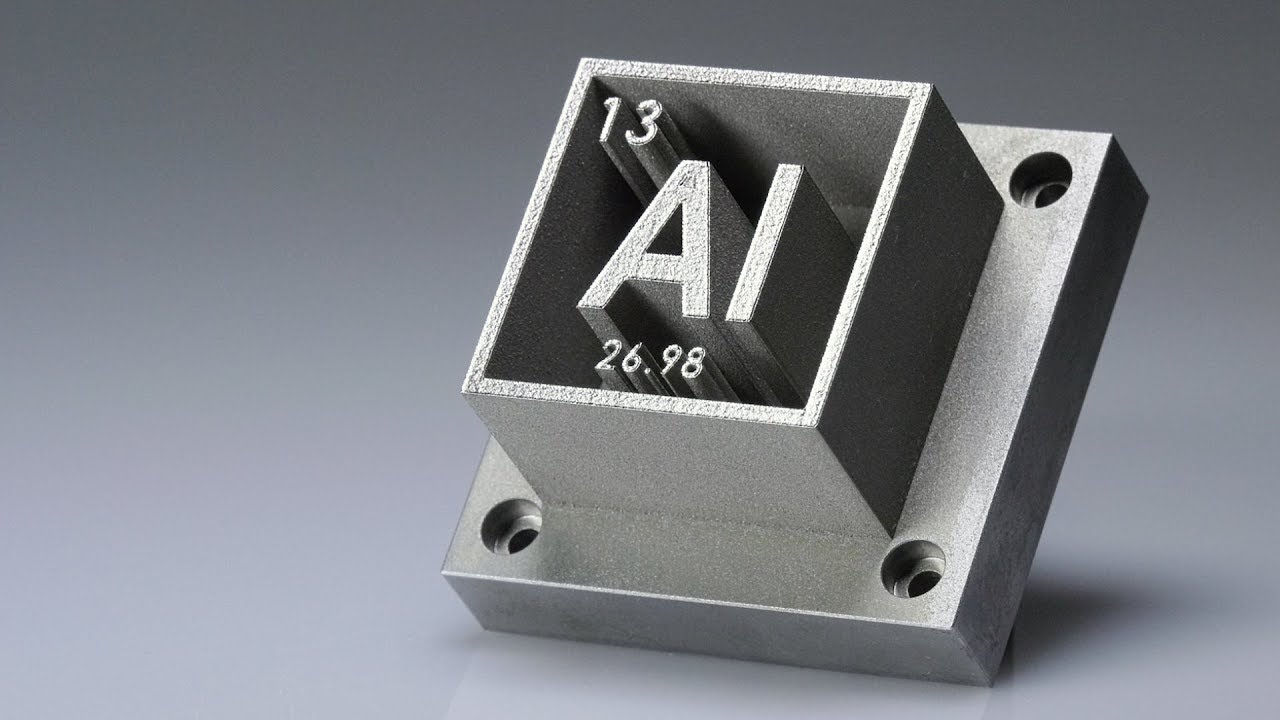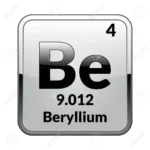
The term “aluminum” is derived from the Latin word “alumen,” which means “bitter salt.” This name was originally used to refer to alum, a compound that was used extensively in ancient times as a mordant in dyeing and tanning. In the early 19th century, the English chemist Sir Humphry Davy used the name “aluminum” for the first time in reference to a metal that he had discovered through his experiments with electrolysis. The name “aluminium” was also used by some early scientists, but “aluminum” eventually became the accepted spelling in the United States, while “aluminium” is still used in some other countries.
Aluminum was once considered more valuable than gold and silver because of the difficulty in extracting it from its ores. It was first isolated in its metallic form by Hans Christian Oersted in 1825. Aluminum is a very reactive element and is never found in its pure form in nature.
Aluminum is a lightweight metal with a density of only 2.7 grams per cubic centimeter, which is about one-third the density of steel. This makes it an ideal material for use in transportation industries, including aerospace, automotive, and rail.
Aluminum is one of the few metals that can be recycled infinitely without losing its quality, making it a highly sustainable material. It takes only 5% of the energy to recycle aluminum compared to producing it from raw materials.
The Empire State Building, completed in 1931, was one of the first skyscrapers to use aluminum in its construction. The building’s spire is made of aluminum and was originally intended to be a mooring mast for airships.
Aluminum foil was first manufactured in Switzerland in 1910. It was originally used as a wrapping material for chocolate bars, but its versatility soon became apparent, and it was quickly adopted for a wide range of other uses. One of the key advantages of aluminum foil is its flexibility, which allows it to be easily molded to fit around different objects. This makes it an ideal material for use in packaging, where it can be used to wrap and protect a wide range of products.
Aluminum is commonly used in aircraft construction due to its lightweight and high strength-to-weight ratio. It is also used in the construction of space vehicles and satellites, where weight is a critical factor.
Aluminum is a non-toxic and non-magnetic metal, making it suitable for a wide range of applications. It is also resistant to corrosion, which makes it ideal for use in outdoor structures and environments.
China is the world’s largest producer of aluminum, accounting for over half of global production. Other major producers include Russia, Canada, and Australia.
Aluminum is a good conductor of electricity, making it useful for electrical wiring, electronics, and other electrical applications.
Aluminum is a good reflector of light and heat, which makes it useful in mirrors, solar reflectors, and other reflective surfaces.
The aluminum baseball bat was first introduced in the 1970s and quickly became popular due to its light weight and increased power in hitting.
The aluminum industry is constantly striving to reduce its environmental impact, through the use of cleaner energy sources and more efficient production processes.
Aluminum is also used in the production of electronic devices such as smartphones, laptops, and tablets.
The flexibility and versatility of aluminum make it a popular choice in many different industries, from aerospace to construction to packaging.
In addition to its practical uses, aluminum has also been used in art and design, with many artists incorporating the metal into their works.
Aluminum cans were first used for beverages in 1957, replacing heavier steel cans. Today, over 200 billion aluminum cans are produced worldwide each year.
Aluminum is used to make the frames for bicycles and other sports equipment, including golf clubs, tennis rackets, and fishing reels.
Aluminum is used in the construction of high-speed trains and other transportation systems due to its light weight and strength.
The aluminum industry is one of the largest and most important industries in the world, employing over 1 million people worldwide in various roles such as mining, refining, and manufacturing. The industry is spread out across the globe, with significant production centers in countries such as China, Russia, and Canada.
Aluminum is used in the manufacturing of solar panels and other renewable energy technologies due to its durability and low environmental impact.
The Washington Monument in Washington D.C. is topped with an aluminum cap, which was added in 1884. The aluminum cap was designed to serve as a lightning rod, which would protect the monument from lightning strikes. The cap was also intended to add an elegant finishing touch to the monument’s design, and it is still visible from many parts of the city.
Aluminum is used in the construction of satellites and other space vehicles due to its light weight and ability to withstand the harsh conditions of space.
The aluminum smelting process produces a lot of heat and greenhouse gases, making it an energy-intensive industry. However, many aluminum producers are taking steps to reduce their carbon footprint through the use of renewable energy sources and more efficient processes.









